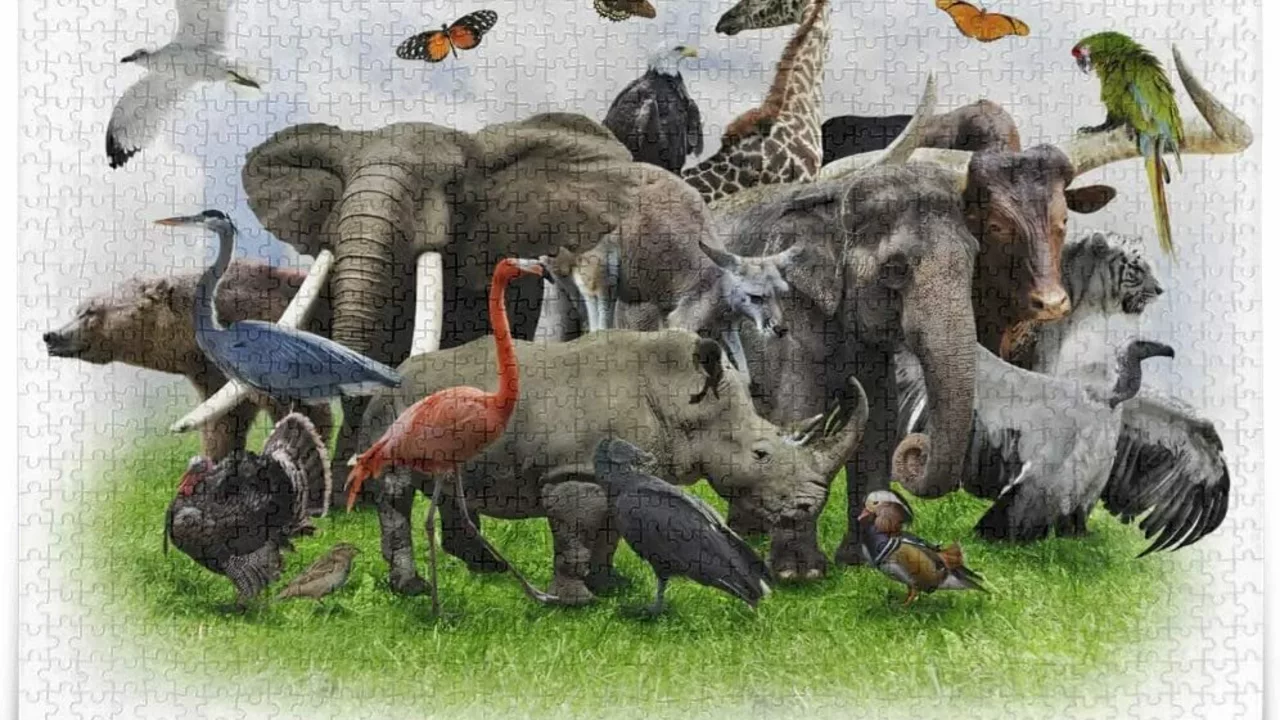Introduction: The Unseen Casualties of War
When we think of war, we often consider the human cost. The soldiers who fought, the innocent civilians caught in the crossfire, the cities and towns leveled by bombs. But rarely do we ponder about the impact of war on animals, particularly those in zoos. Yet, during World War II, zoo animals were also profoundly affected. To explore this often overlooked aspect of the war, we must delve into a world where survival was the only rule.
The Pre-War Zoos: Havens of Peace
Before the war, zoos were quite different from the ones we know today. They were places of wonder, where people could marvel at the exotic creatures from far-off lands. The idea of conservation was still in its infancy, and zoos were more about showcasing the animals rather than preserving them. But these peaceful places would soon be engulfed by the horrors of war.
When War Came: The Initial Impact
When war broke out, the immediate concern was the safety of the human population. As a result, many zoos were left to their own devices, with keepers struggling to keep their charges safe and fed. Animals were killed as a precautionary measure, either because they were seen as potential threats if they escaped or because there was no way to feed them. In some cases, animals were released into the wild, but many of them, being so far from their natural habitats, didn't survive.
The Siege on Zoos: Direct Impact of the War
Zoos didn't escape the direct impact of the war. Many were bombed, including the Berlin Zoo, which was hit by Allied bombs over 30 times. The consequent destruction caused the death of many animals and the escape of others into the war-torn city. In London, the zoo was blacked out and camouflaged, and certain dangerous animals were killed to prevent them from escaping in case of bombing. The war had turned these once joyful places into scenes of devastation and despair.
Post-War Recovery: The Struggle for Survival
After the war, zoos faced a difficult recovery. With many of their animals dead and their habitats destroyed, it was a struggle to rebuild. But the human spirit is resilient. People worked tirelessly to restore these zoos, often with limited resources. The emphasis shifted from mere display to conservation and education. This difficult time also highlighted the importance of international cooperation in animal conservation, leading to the establishment of organizations like the World Association of Zoos and Aquariums.
Legacy: Lessons from the Past
Today, we have the benefit of hindsight. We've learned from the past and understand the importance of protecting our planet's wildlife, even in times of conflict. The story of zoo animals during World War II serves as a stark reminder of the consequences of war, not just for humans but for all life on earth. It's a lesson we must remember as we face new challenges in the 21st century.
The story of zoo animals in World War II is an important, albeit grim, part of our history. As we move forward, let's remember this chapter and strive to ensure that the horrors of war never again extend to the innocent creatures in our care.
